Buying makeup online: Find your shade without a swatch
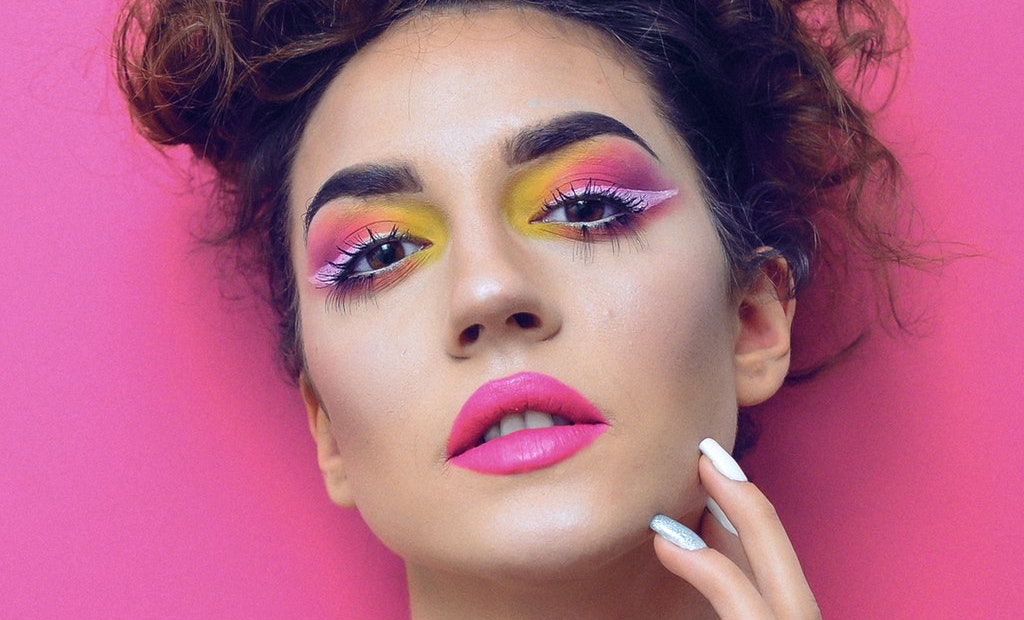
So in the new normal, shopping online, even for makeup, is the best thing we can do for ourselves to keep this mad virus at bay. Whilst there are no occasions for glamming up and looking like a magazine cover, just maintaining a facial cleansing routine and putting on mascara or a fabulous red lipstick may do well. Makeup can be a very effective technique for lifting emotions; it makes us feel good about ourselves. It’s also a pleasurable way to pass time – YouTube, Tik Tok, Instagram – share pics and videos or do some tutorials to perfect the “brows on fleek” technique.
Now, buying makeup online is a whole new game, especially for a novice, but there are simple ways to determine what shade is best for a skin tone, the lip colour that goes with the eyes, or the foundation that doesn’t make someone look ill. Here are a few suggestions to help enjoy the makeup routine while experimenting with different looks – now is the time, when the masks finally disappear, to walk out with confidence.
Look out for promotions, sales, and deals
The most practical suggestion we have is to purchase your brushes and kits by searching for online deals in the UK. This way, you will have several options from different retailers and save a few bucks while you are at it. Also, pay close attention to product reviews. This will help you, especially if you are trying to figure out if there will be a difference in choosing more expensive products.
Know your undertones
This is the deal-breaker most of the time. It’s important to know whether you have a warm, cool, or neutral undertone to avoid all those awkward make-up looks. There is a difference between your skin tone and your undertone. While skin tones span from very dark to very light, undertone refers to the shade that exists within that colour, according to celebrity makeup artist Robert Sesnek. “Your skin tone may shift over time (a shade or two darker in the summer, or fairer or lighter in the winter), but your undertone never does,” he explains.
To identify yours, it is recommended to check the veins on the underside of your wrist – but we think checking the ones on your neck and face works better. Warm skin tones feature greenish veins, cool skin tones have bluer veins, and neutral skin tones have a mix of the two. You can also wear a white t-shirt and put a white sheet of paper over your makeup-free face. Then, look in the mirror – you’re as cool as a cucumber if the paper casts a pink or blue hue on your skin. Instead, do you see yellows? Then you are warm, honey!
Look for hues that match this tone in foundation and concealer; the shade description will reveal it, or the shade name will be followed by a w, n, or c. (to signify warm, neutral, or cool). Undertones are also a good guide for lipstick and blush. For lip colour, cool undertones should go for wines, berries, mauves, or cool reds. Warm undertones will look best with brick reds, peaches and corals.
Look for “buildable” formulas
Some make-up formulas are more fool-proof or reliable than others. Less is absolutely more in terms of pigment load and intensity. Sheerer textures are more likely to work since they enable more of your natural tone to show through. This holds true for everything from foundation to lipstick. If the product doesn’t give you adequate coverage when you apply it, you may always apply more. All of this data should be included in a product’s description.
The editorial unit

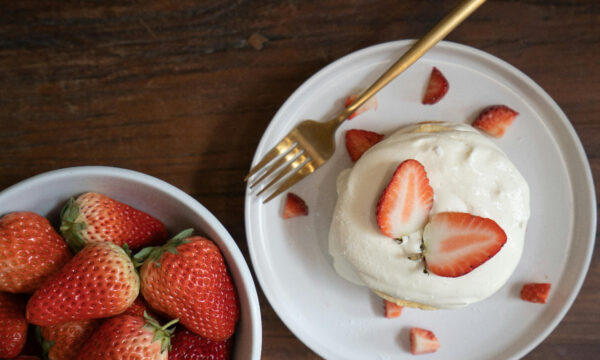
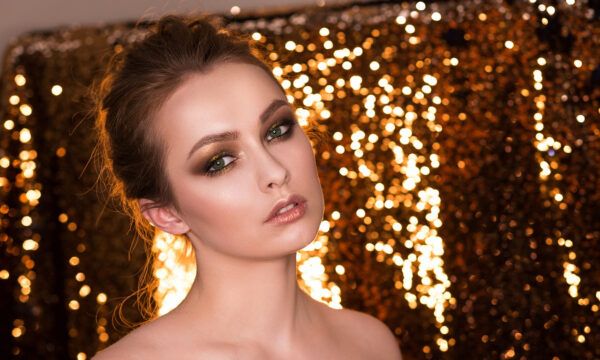











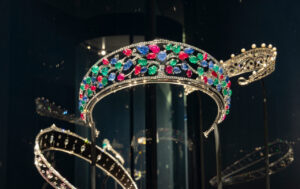
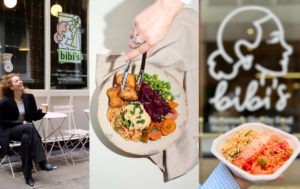



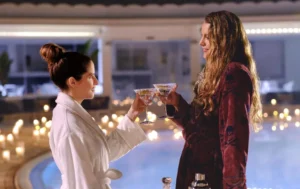





Facebook
Twitter
Instagram
YouTube
RSS